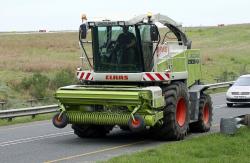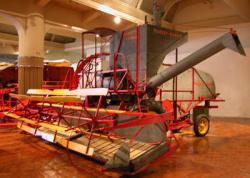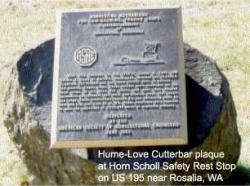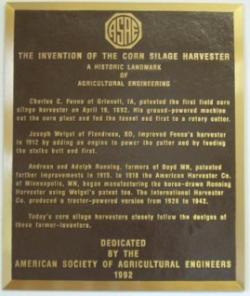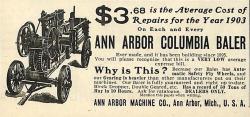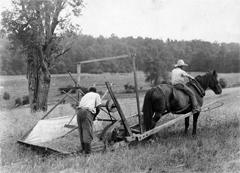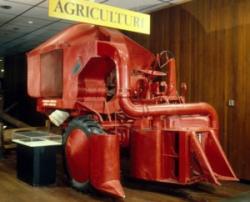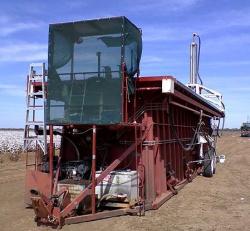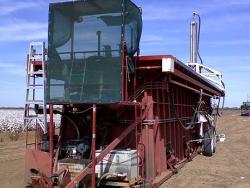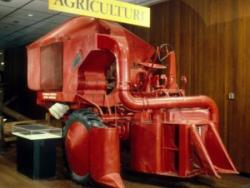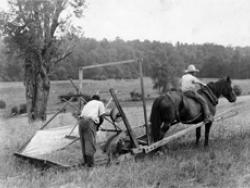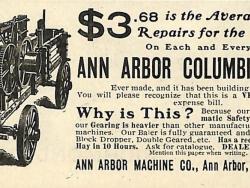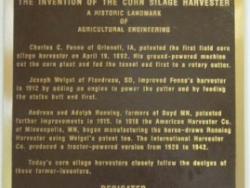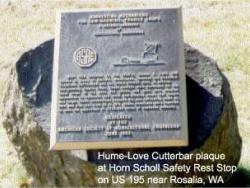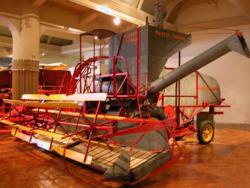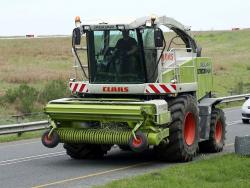William J. Conroy Of Aylmer, Quebec, Received Patent No. 465,127 On The First Field Hay Chopper On 15 December, 1891. Its Sickle Cut The Crop, Which Was Elevated Directly Into A Cylindrical Curved-Bar Cutterhead. It Was Not Commercially Successful, But It Recognized The Need.
Professor Floyd Waldo Duffee, Agricultural Engineering Department, University Of Wisconsin, Built And Field Tested A Silo Filler With An Attached Hay Loader In 1926. He Presented The Specifications Of A Complete Unified Harvester To The National Asabe Meeting In 1927.


